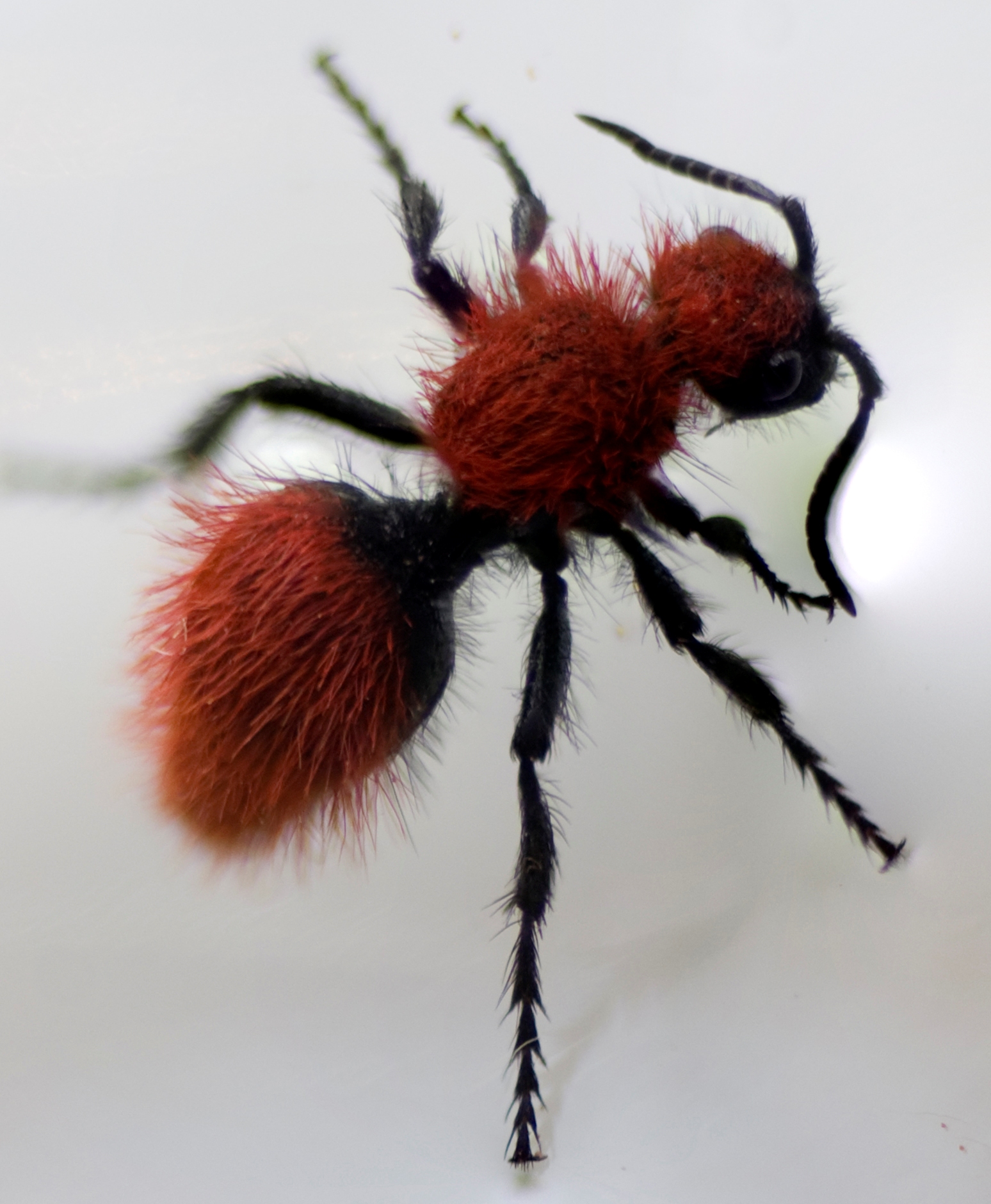Aptery on:
[Wikipedia]
[Google]
[Amazon]
 Aptery is the anatomical condition of an animal completely lacking any kind of
Aptery is the anatomical condition of an animal completely lacking any kind of
 Aptery is the anatomical condition of an animal completely lacking any kind of
Aptery is the anatomical condition of an animal completely lacking any kind of wing
A wing is a type of fin that produces lift while moving through air or some other fluid. Accordingly, wings have streamlined cross-sections that are subject to aerodynamic forces and act as airfoils. A wing's aerodynamic efficiency is exp ...
s. An animal with this condition is said to be apterous.
Most animal species belong to and are phylogenetic
In biology, phylogenetics (; from Greek φυλή/ φῦλον [] "tribe, clan, race", and wikt:γενετικός, γενετικός [] "origin, source, birth") is the study of the evolutionary history and relationships among or within groups o ...
descendants of apterous taxa
In biology, a taxon ( back-formation from '' taxonomy''; plural taxa) is a group of one or more populations of an organism or organisms seen by taxonomists to form a unit. Although neither is required, a taxon is usually known by a particular n ...
. These groups are said to be primarily apterous. Insects that are primarily apterous belong to the subclass Apterygota.
Apterous is an adjective that means that the insect or organism is wingless and usually refers to a particular form of an insect that may have wings, or a wingless species in a group that typically has wings, e.g. many Orthoptera
Orthoptera () is an order of insects that comprises the grasshoppers, locusts, and crickets, including closely related insects, such as the bush crickets or katydids and wētā. The order is subdivided into two suborders: Caelifera – grass ...
(grasshoppers and allies) and Hymenoptera (wasps). In some groups, one sex may be apterous while the other is winged, e.g. Mutillidae (velvet ants). In other cases a particular form of an insect (but not all individuals) will be apterous, e.g. some Tetrigidae (pygmy grasshoppers). Wingless animals which belong to or are phylogenetic descendants of winged taxa are said to be secondarily apterous. 5% of extant Pterygota are believed to be secondarily apterous, including entire orders, such as fleas
Flea, the common name for the order Siphonaptera, includes 2,500 species of small flightless insects that live as external parasites of mammals and birds. Fleas live by ingesting the blood of their hosts. Adult fleas grow to about long, a ...
and Notoptera.
See also
* Brachyptery (reduced wings)References
Cotinis. (2007). apterous, apterygote, apterygota. Bugguide.net. Retrieved 17 August 2021, from https://bugguide.net/node/view/110547. Comparative anatomy {{Animal-anatomy-stub